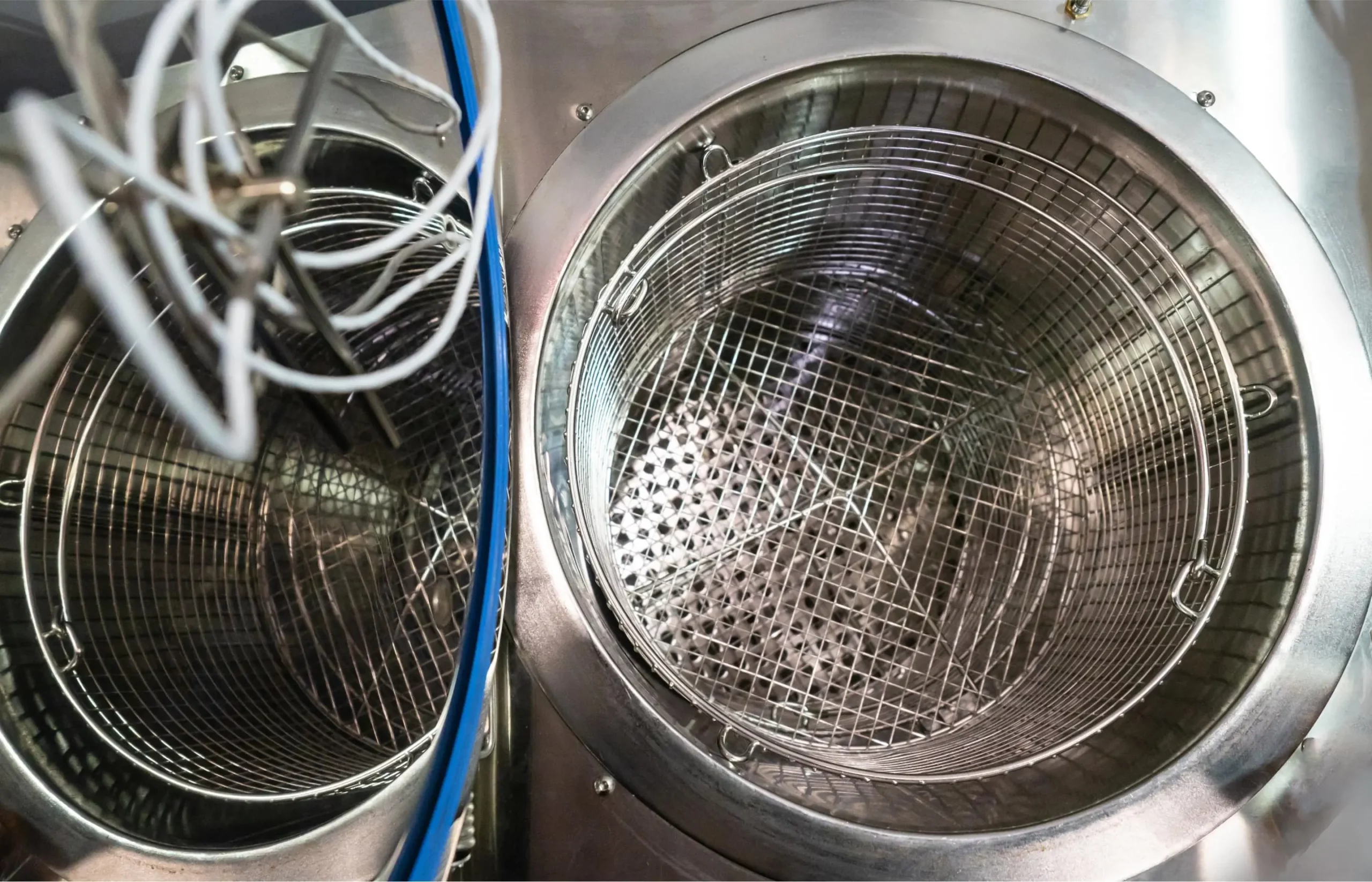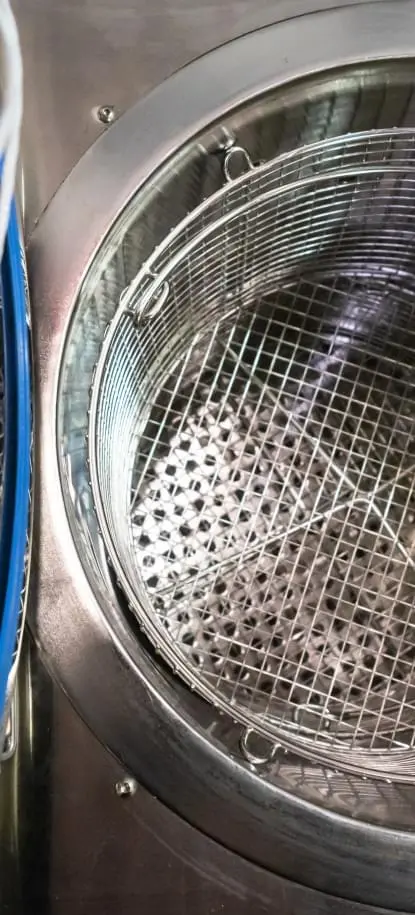




Quick Links:







Autoclaves are used in many areas of campus to sterilize materials. This piece of equipment uses high pressure and steam to kill microorganisms and inactivate biological materials.
Due to the steam and pressure that are created during operation, precautions should be taken to prevent burns or other accidents. Potential risks associated with autoclave use include heat and steam burns and bodily injury due to glassware breakage from temperature stresses. Exposure to biohazardous materials can also occur if the biohazardous waste is improperly packaged or manipulated. As a result, only those trained should use this piece of equipment.
Note: Autoclave tape only measures if the autoclave has reached 121°C it does not prove that organisms present have been killed. It is required that autoclaves be tested monthly using a biological indicator to confirm that the autoclave is working properly. Record the results of the test on the autoclave test log sheet.
The guide below is not intended to replace hands on training with autoclaves. Due to the differences between makes and models of autoclaves it's recommended that lab personnel read the owner's manual before using for the first time.
| Items | Liquids | Glassware and Dry Items | Biological waste (Solid) |
|---|---|---|---|
| Cycle Type |
Liquid |
Gravity | Gravity |
| Preparation |
Loosen caps. Fill containers no more than 75% Fill secondary container with enough water to cover the bottom of the container. |
Wrap and lay in secondary containment. | Keep bag open slightly for steam penetration. |
| Temperature |
121°C |
121°C | 121°C |
| Treatment Time |
30 mins for volumes <100mL 40 mins for volumes >100mL |
30 – 60 mins | 60 – 120 mins depending on the load size and packing density. |
| Exhaust Cycle |
Slow |
Fast | Slow |
| Notes |
Let items cool before moving. Hot bottles can explode. |
Glassware with deep scratches may crack | Place in yellow biohazard bin at the end of cycle. |
Contact hse@kaust.edu.sa if you have any questions.